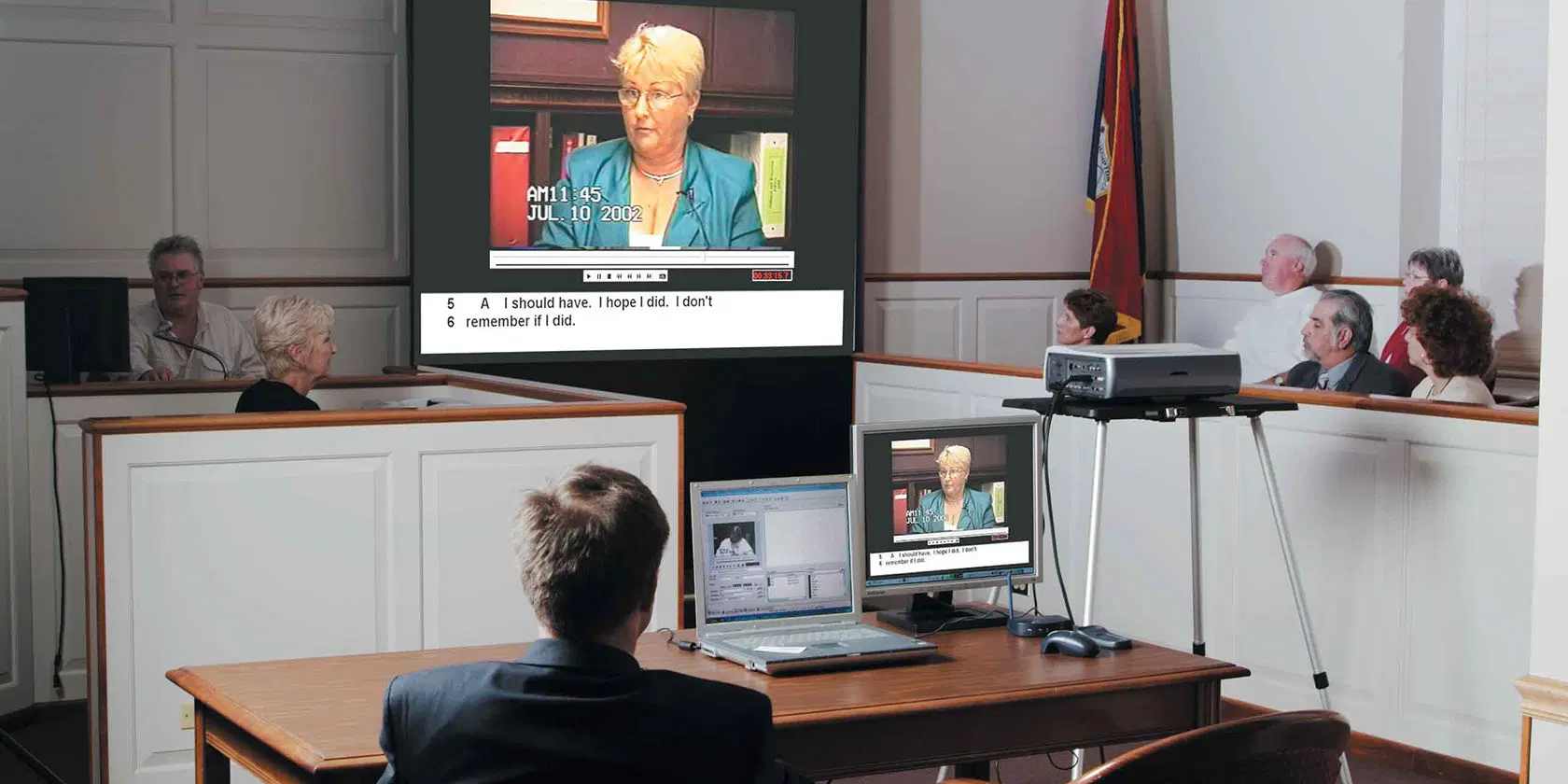Persuasive trial presentations help win cases.
Persuasive trial presentations help win cases.
Blog Article
How Trial Presentations Enhance Your Debate and Encourage Jurors
Trial discussions act as a pivotal mechanism for enhancing legal arguments and persuading jurors. By incorporating aesthetic help, narrative frameworks, and psychological involvement, lawyers can develop an engaging situation that resonates on multiple levels. The strategic use of visuals not just clarifies complex information yet additionally records jurors' interest better than words alone. The art of narration plays a similarly vital role in changing accurate evidence into an engaging story, shaping jurors' assumptions. Comprehending these aspects can significantly influence trial outcomes, elevating the concern of how each component adds to this complex dynamic.

Value of Visual Help
Aesthetic aids play an important role in boosting the efficiency of trial discussions, as they can substantially enhance target market interaction and retention of information. In the context of a trial, where jurors are tasked with handling complicated details, aesthetic aids offer to simplify and make clear bottom lines. Graphes, graphs, and pictures can share data and principles that may or else overwhelm or perplex jurors, enabling for a more simple understanding of the evidence provided.
Moreover, aesthetic aids help in maintaining juror interest throughout the proceedings. By breaking the uniformity of verbal testament, these tools can stress crucial debates, making them more unforgettable. Effective visual aids can likewise stimulate emotional feedbacks, which can be critical in convincing jurors to align with the presenter's story.

Crafting Engaging Stories
A compelling narrative is crucial in test discussions, as it serves as the backbone of effective persuasion. It enables attorneys to weave together realities, proof, and emotional components into a meaningful tale that resonates with jurors. This narrative structure allows jurors to recognize the complexities of the situation while assisting them via the attorney's disagreement.
To craft an engaging story, lawyers need to concentrate on quality and comprehensibility. In addition, the usage of dazzling summaries can produce psychological pictures that assist jurors picture the occasions, making the narrative much more unforgettable.
Furthermore, integrating essential themes throughout the presentation reinforces the core message and help in retention - trial presentations. The narrative needs to not just convey details but additionally stimulate a feeling of justice, highlighting the stakes entailed. Ultimately, a sound narrative promotes a connection in between the jurors and the case, placing the lawyer's disagreement as both legitimate and engaging, consequently enhancing the possibility of a favorable judgment

Engaging the Jury Psychologically
Reliable jury interaction pivots on the attorney's capability to connect with jurors on an emotional degree. This connection can substantially influence jurors' understandings and their best decision-making.
Visual aids, such as pictures or video clips, can even more boost psychological engagement, supplying jurors with vivid representations of the situation's human components. Crafting a narrative that highlights the struggles and victories of the people involved guarantees that jurors see past the lawful arguments and recognize the human repercussions of their choices.
In addition, tone and body language play a vital duty in conveying feeling. A lawyer's enthusiastic distribution can reverberate with jurors, reinforcing their emotional investment in case. It's crucial to stabilize emotional appeals with factual evidence, guaranteeing that jurors feel forced to act while staying based in the fact. Inevitably, a psychologically involved court is more most likely to be encouraged, making emotional link an essential part of reliable test discussions.
Structuring Your Presentation

The body of the discussion ought to be logically fractional into key factors, each sustained by compelling proof. It is helpful to use narration methods to weave facts right into a story that jurors can easily adhere to. Visual aids, such as graphes and videos, can boost comprehension and involvement, assisting to highlight crucial items of evidence.
Real-World Study
Analyzing real-world study provides vital insights right into the art of trial discussions and click for more persuasion. The spots case of "O.J. Simpson v. Individuals of California" highlights how aesthetic help and engaging narratives can persuade court understandings. The protection team successfully used a technique that incorporated high-profile professional testimonies with multimedia presentations, which mesmerized jurors and inevitably influenced their decision.
An additional notable example is the "McDonald's Coffee Case," where the plaintiff's attorneys used graphic pictures of the injuries endured by Stella Liebeck. trial presentations. This raw aesthetic proof played a crucial role in conveying the seriousness of her burns, resulting in a considerable jury award. Such situations demonstrate that impactful trial presentations frequently depend upon the effective he said integration of visuals and storytelling to evoke emotional responses from jurors
Furthermore, the "Casey Anthony Test" highlighted the relevance of narrative comprehensibility and credibility. The prosecution's failing to develop an engaging timeline reduced their convincing power, highlighting the necessity of a well-structured presentation. Assessing these instances exposes that successful trial discussions call for calculated planning, emotional involvement, and the capability to resonate with jurors' values and ideas.
Final Thought
Test presentations substantially enhance debates and persuade jurors via the tactical usage of visual aids, engaging narratives, and psychological engagement. A well-structured discussion equilibriums resource emotional allures with factual proof, ultimately resonating with jurors' worths.
Report this page